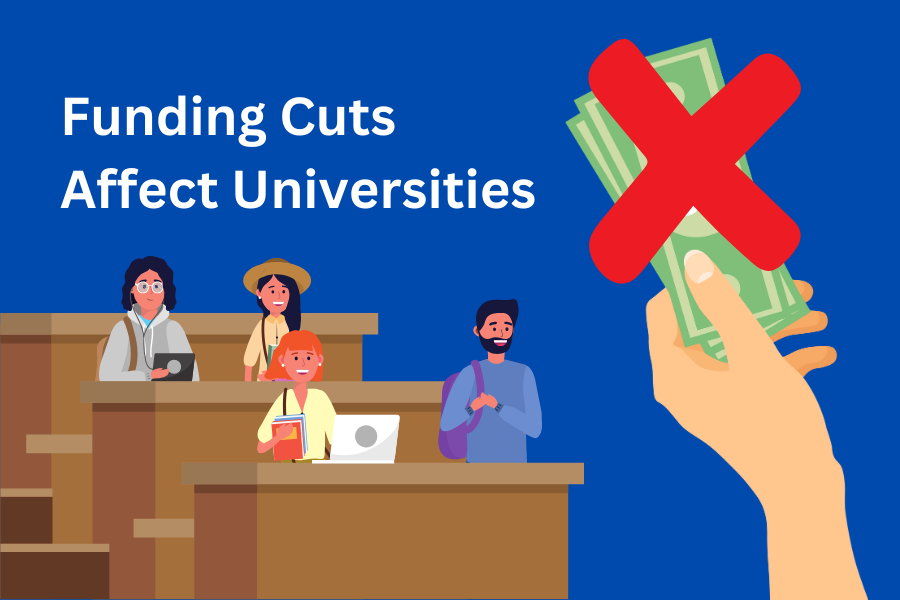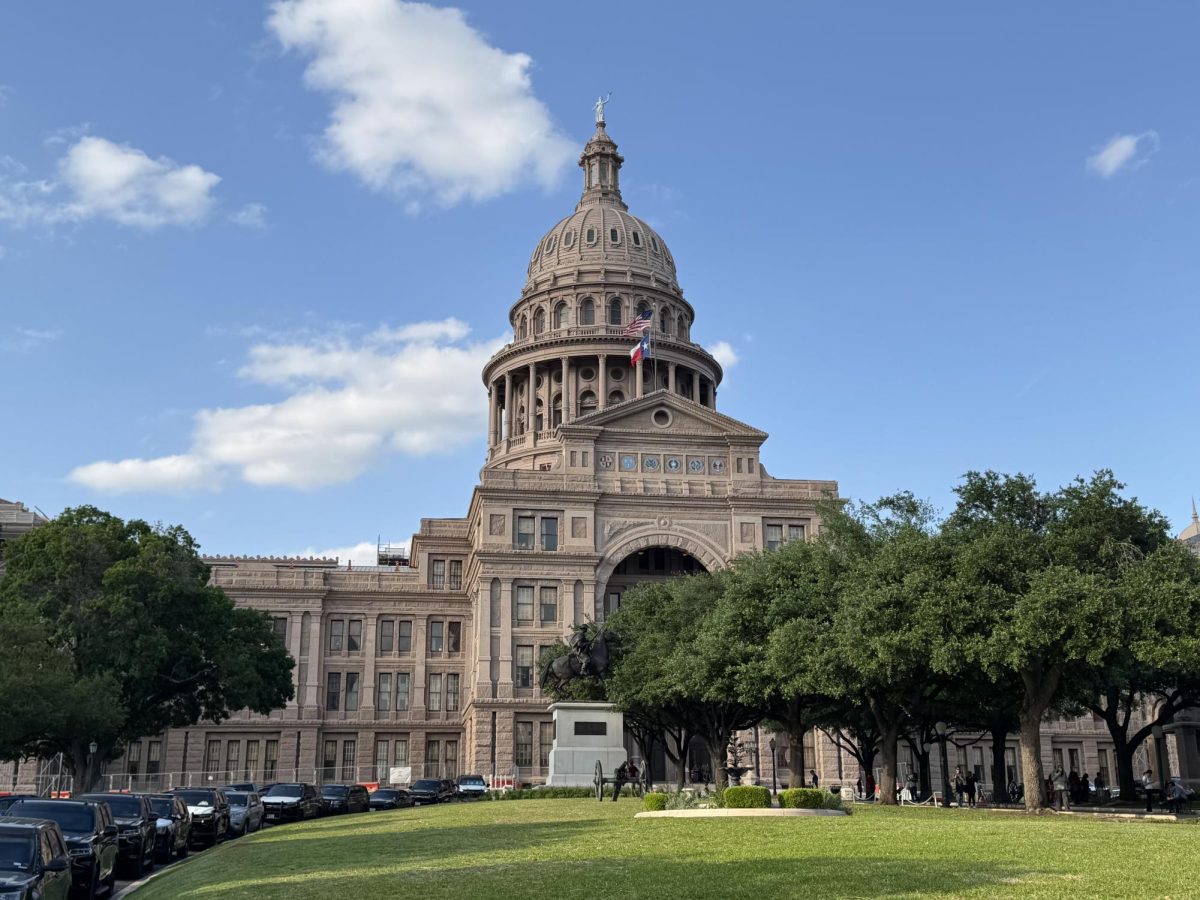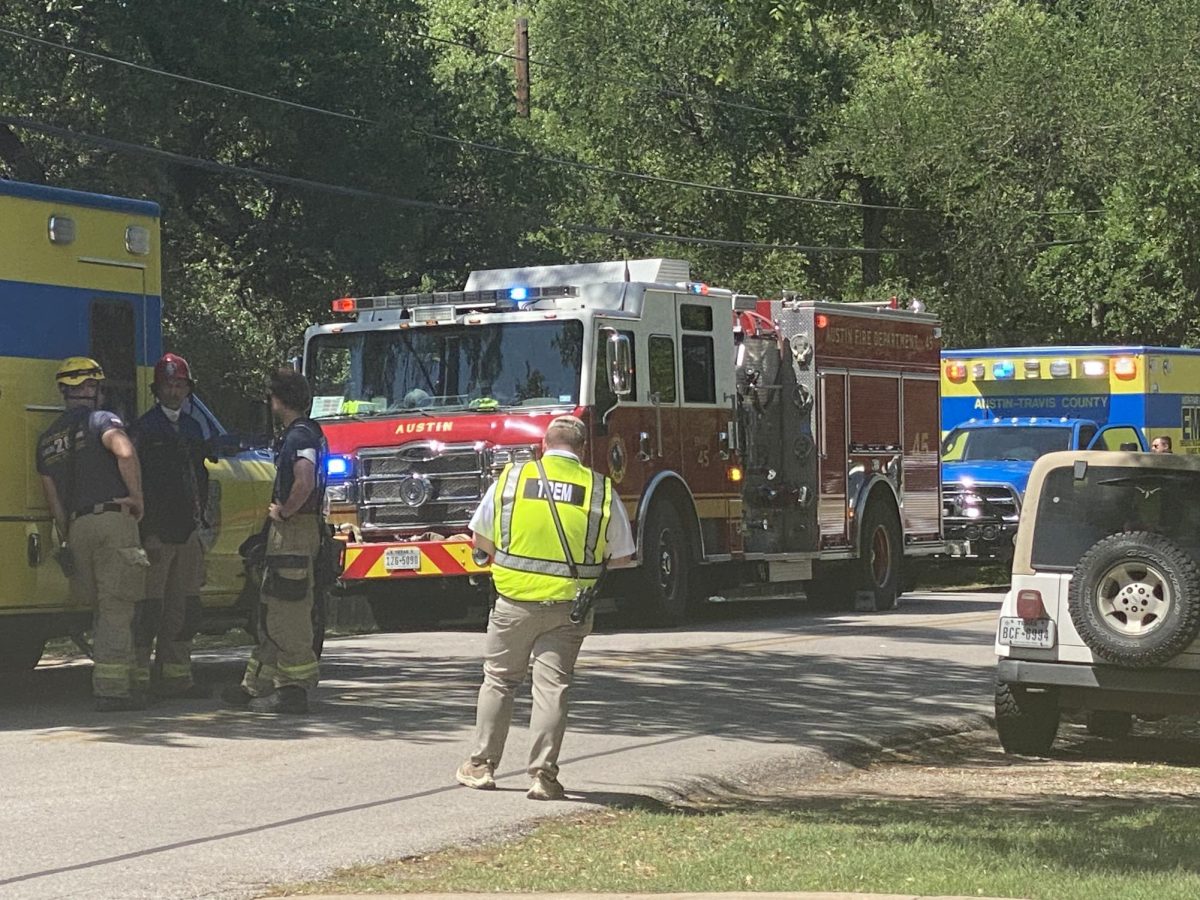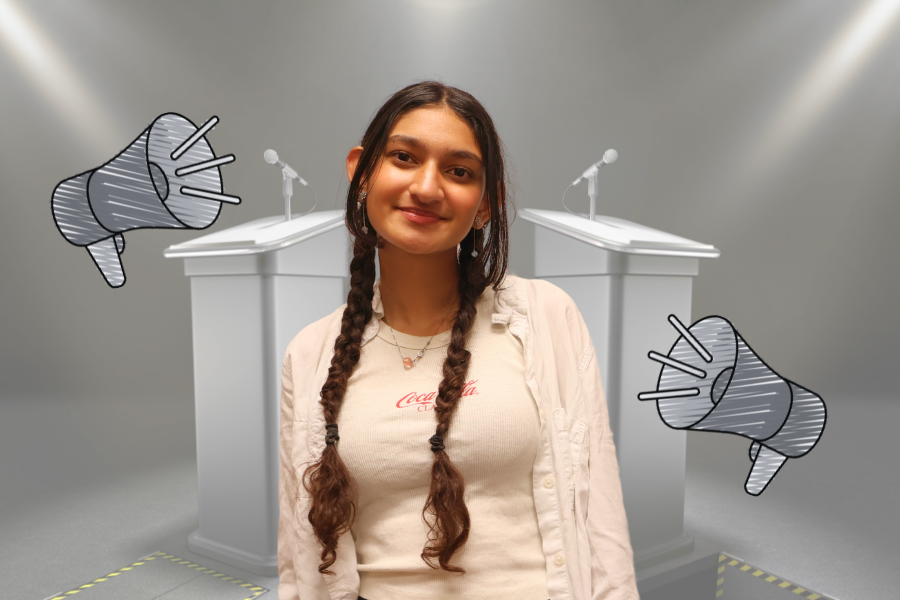Like a smoldering blanket, heat looms over Austin, suffocating the city in its fiery grip. As the air begins to crackle with alarming energy once more, Texans begin to receive a stark reminder of the inferno that threatens to erupt across the state capital. During the midst of summer, the approaching threat of extreme heat and heightened wildfire risks stem from a dramatic shift in weather patterns that could turn the Lone Star State into a tinderbox.
Climate experts warn that this summer could bring many unprecedented challenges to Texas. With drought conditions already manifesting through much of the state, the National Weather Service forecasted a probable shift from El Niño to La Niña conditions by June-August 2024. This transition signals a surge in dry heat, significantly elevating the risk of wildfires across Texas. In addition, the specter of the recent Panhandle fire remains fresh in the minds of many Texans, heightening anxiety about the growing wildfire threat.
“Since I’ve noticed more dry heat, I’ve become more scared of wildfires,” Anderson Mill resident Ms. Chau Le said. “I’m very worried about them coming to our area. It can be very dangerous for [lots of] people and mess [up] the lives of [those] in the community.”
Climate projections for the Austin area conducted by the UT-City Climate CoLab paint a sobering picture of Austin’s future, projecting intensifying heat and more extreme weather events. The city is bracing earlier for more severe and earlier heatwaves, foreshadowed by analysts’ accurate prediction that it would reach 100 degrees Fahrenheit for the first time in June, a temperature that had previously only occurred in early July.
“I couldn’t help but notice the rising temperature of the weather over the years,” Jason Nguyen ‘25 said. “However, we have received a lot of rain this year, so [common occurrences of triple-degree weather] are a surprise for me.”
The “heat dome” phenomenon also remains at large, with recent record-breaking temperatures in nearby cities indicating that similar conditions could occur in Austin. This phenomenon, characterized by a persistent area of high pressure trapping hot air underneath, is especially detrimental in high temperature zones. Combined with the urban heat island effect, where urbanized areas experience higher temperatures due to infrastructure that absorbs and re-emits the sun’s heat, both city planners and citizens face a formidable challenge. While many Texans may be accustomed to these extreme conditions, new additions to the Austin community find themselves needing to adapt extensively to the novel climate.
“Since moving [from California], this heat is very different [from] what I’m used to,” Neethi Bharadwaj ‘27 said. “I can’t get myself to leave the house after 8 a.m. and before 5 p.m.”
In response to these challenges, city officials have released Austin’s first Heat Resilience Playbook. This document outlines the city’s future plans, covering everything from public safety protocols and risk communication, to infrastructure upgrades and environmental considerations. With Austin’s current lack of extreme weather preparedness, which was tested by the city’s consistent winter freezes in recent years, climate adaptation strategies are a vital step toward building the city’s resilience to a wide range of potential climate-related scenarios.
“I think it’s really good that they’re doing something about the problem,” Ms. Le said. “In the past few years, I’ve seen the terrible weather here on the news and it’s about time we see some strong action.”
In an effort to implement a long-term solution to growing wildfire risks, Austin has also launched a series of innovative initiatives. The city’s energy provider has deployed cutting-edge AI technology to improve wildfire detection capabilities, making it an important component for recognizing wildfire occurrences.
“For me, any progress should be helpful to an extent,” Jason Nguyen ‘25 said. “But I think that overall, their efforts need to be pushed more in order to really [have] a meaningful outcome.”
As Austin braces for what meteorologists predict will be an exceedingly warm summer, the city and its residents strive to be prepared and proactive in their approach to heat safety and wildfire prevention.
“I’m literally hoarding sunscreen and light-colored clothes to protect myself from the sun,” Bharadwaj ‘27 said. “Also, the air conditioning is running almost all day in my house, which is probably not good, [but] it’s just too hot not to.”
Learning from recent climate-related disasters, Austin is emerging as a model for urban climate resilience, with the potential to serve as a blueprint for all cities grappling with the escalating effects of global warming.
“With so much climate change it’s hard to predict what’s going to happen in the future,” Jason Nguyen ‘25 said. “But I think as long as the city is trying to maximize their effort[s], we will be able to achieve control of any dangerous [situation].”














